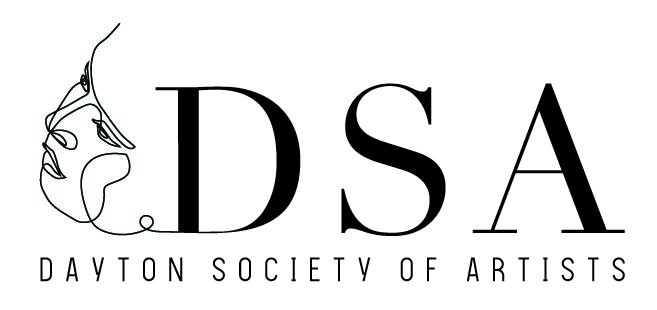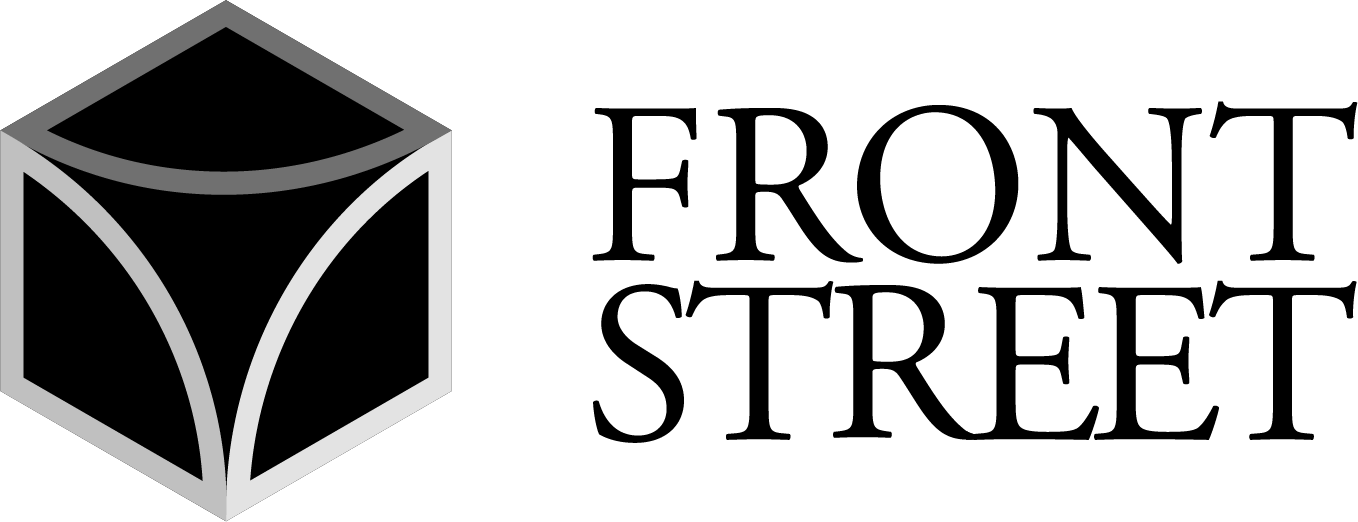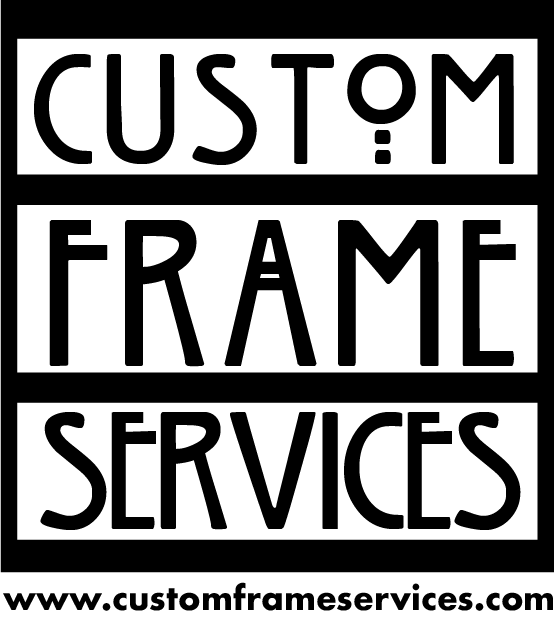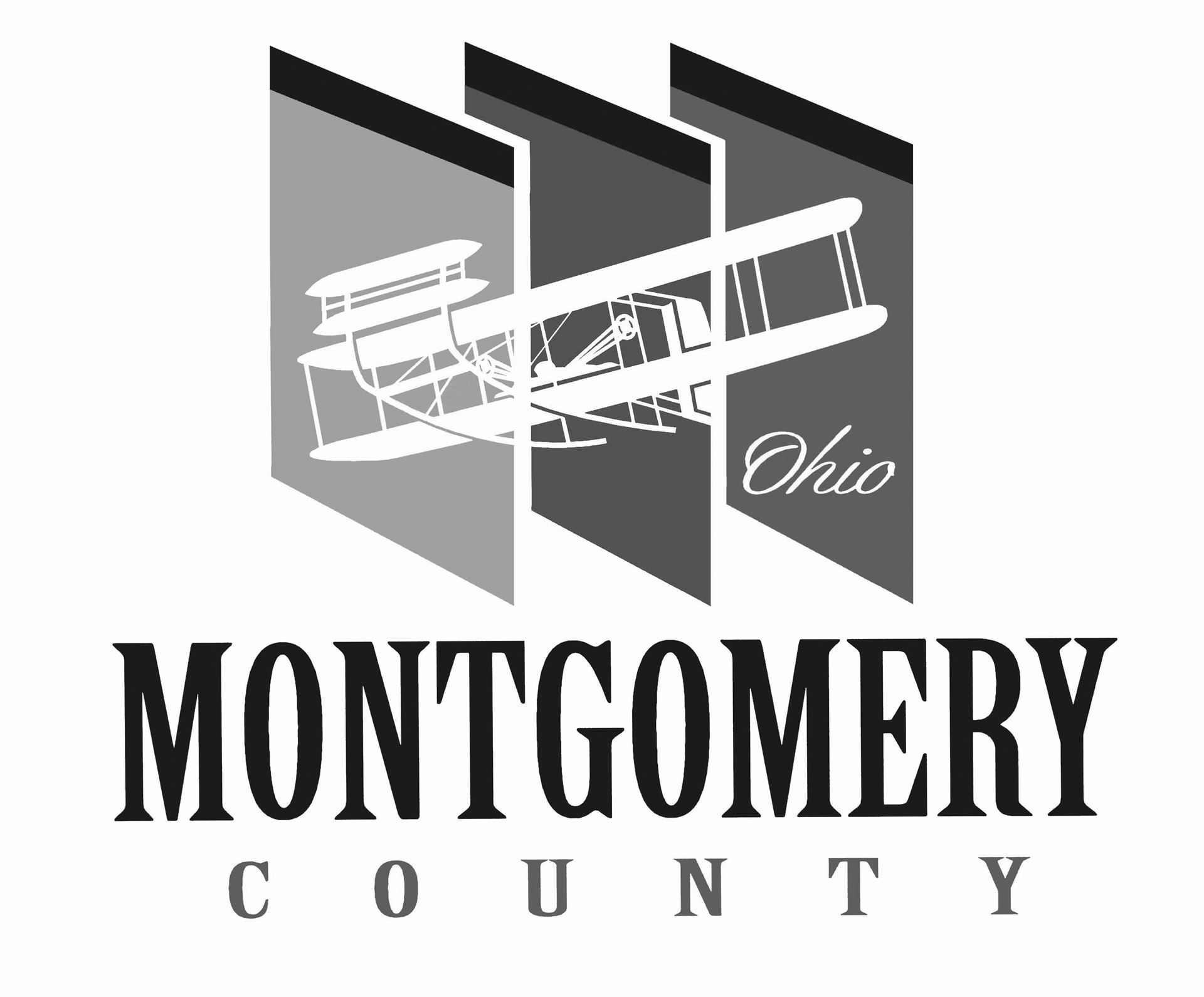Black and White Duck
Medium Print Dimensions 8 h. x 10.25 inches
Siegfried R. Weng
JUN 22 1999 From the Archives of the Dayton Art Institute
Artist's Statement
My work reflects an interest in nature, especially birds and animals which began in childhood. My mother was a sensitive artist, and my father was very supportive; both shared a deep appreciation of nature.
When I was a student at the Art Institute of Chicago and the University of Chicago, I became fascinated with the art of relief printing. Early on, I made woodcuts, but, soon I chose linoleum as my medium because of its flexibility. There are blocks on display which show how the forms are carved below the surface. These forms are the positive images in the print, and the background shapes are called negative space. Careful attention must be given to size, arrangement and placement of both. When the block is completed, ink is rolled onto the surface. Then, the block is placed in a press which exerts an even and firm pressure. When the block is removed from the printing paper, the images that were carved, remain white and the surface or negative space is represented by the ink.
After I became Director of Dayton Art institute, one of my goals was to humanize the museum (title of my masters thesis), by making all the galleries friendly and inviting with comfortable chairs for viewing, excellent lighting of the art objects, good music, and, even the introduction of animals and birds. Some of these crit ters became subjects for my block prints.
At some point in my career, I realized that my prints could become salable as greeting cards. A good printer made photo negatives of the prints and reproduced them by offset lithography. Gradually, I began to make drawings also primarily for reproduction as greeting cards. As the business grew, so did my repertory until I had developed 158 designs. Some of the pieces in this show are the original prints from blocks and the original drawings from which the greeting cards were made. At one time, these cards were sold in museum shops, gift and card shopsin many states. This was a welcome addition to my income.
As I became older, I developed shakey hands so that I could no longer carve blocks
or make precise detailed drawings. I turned to non-objective
compositions as a new challenge where I could use a ruler and ink
markers for drawing the forms, and then fill them in with layers of Crayola crayons, a dry more controllable medium. In these I try to apply the same basic principles fundamental in all art: balanced composition, varied size and form, and well related colors.
Siegfried R. Weng Obituary
June 6-25, 1999
Siegfried R. Weng, 103, died at 11:05 p.m. Tuesday, February 19, 2008, at St. Mary's Medical Center.
He was director of the Evansville Museum of Arts, History, Science, 1950-1969.
Siegfried
was born in Osh-kosh, Wisconsin, on May 20, 1904. His father, the
Reverend George Michael Weng, was the highly respected Pastor of
Evangelical Lutheran Christ Church, Oshkosh, for many years. He was an
outstanding leader in the community. His mother, Jennie F. Hillemann
Weng, was a homemaker, teacher, organist and artist. She and Siegfried
shared their interests in art, music and nature.
Siegfried
was preceded in death by his parents; three infant siblings; a brother,
Armin G. Weng, who was a Lutheran Pastor and President of Chicago
Lutheran Seminary; his wife of 18 years, Gertrude Schantz Weng; his wife
of 40 years, Geraldine Daener Weng; and a niece, Christine Bahnemann.
His
education includes courses at the School of the Art Institute of
Chicago, which were honored by the University of Chicago. He holds both a
Bachelor's Degree and a Master's Degree from the University of Chicago,
1927 and 1928. In 1929, he studied at Harvard University in preparation
for his museum work.
While
a student at the University of Chicago, he studied with and became
lecture assistant to Dr. Lorado Taft, noted American Sculptor. Siegfried
posed for Dr. Taft's well-known sculpture of Abraham Lincoln, having
been exactly Lincoln's height, 6 feet, 4 inches. The sculpture can be
seen today in a city park in Champaign, Illinois. Also during his
university years, he sang baritone in the University of Chicago Choir
and served as cantor in the then new Rockefeller Memorial Chapel. He
studied cello and played in a string trio. Throughout his life, he was
in demand as a soloist. On December 20, 1931, he sang a solo part in
"The Messiah" with the Westminster Church Choir in Dayton, Ohio.
In
1929, at age 25, Siegfried became Director of the Dayton Art Institute.
Under his leadership, a museum building became a reality, the art
collections were increased and a highly respected art school was
established. In the auditorium of the museum building, the Dayton
Philharmonic Orchestra was organized. It performed there for several
years, and Siegfried was a member of the Philharmonic Board. It was a
unique achievement to have been able to open a new art museum in Dayton
at the height of the Great Depression in the 1930s.
During
the years 1933-1934, Siegfried was the Regional Director of Art
Projects under FDR's WPA Program; and in 1935-1936, he was the State Art
Director of Ohio, Federal Art Project. He was Art Instructor,
University of Dayton, 1939-1941; Assistant Professor of Art, University
of Dayton, 1941-? He was a member of the American Federation of Arts;
the Art Museum Directors Association; the American Association of
Museums; the Photographic Society of America; a member and past
president of Midwest Museum Association.
Siegfried
was Director of the Dayton Art Institute until 1950 when he was invited
to Evansville. He came to lead in the planning, fundraising and
achieving of the Evansville Museum building, and acquiring of works of
art for a substantial permanent collection. He and his wife, Geri,
traveled the country over, talking with museum directors, collectors and
artist friends to bring to Evansville quality works valued collectively
at over a million dollars at that time. He developed various programs,
added the planetarium, created the Mid-States juried show and
exhibition, and brought the locomotive and train cars to the museum. He
retired from his position as director in 1969.
In
1960, Dr. Weng was awarded an Honorary Doctor of Humanities Degree by
vote of the Faculty of Evansville College. In 1985, he was presented the
Mayor's Arts Award for "more than thirty years of inspiring leadership
and counsel." He is Director Emeritus of both the Evansville Museum and
the Dayton Art Institute. On his 100th Birthday, Mayor Jonathan
Weinzapfel proclaimed May 20, 2004, Siegfried R. Weng Day.
Siegfried
enjoyed nature and being outdoors. He loved the river. He bought a
houseboat in 1944 and brought it with him to Evansville in 1950. Many
happy hours were spent on the Elaine and also in his amphi-car, which
traveled on both road and river.
Siegfried
was a successful artist, producing drawings and prints over a period of
70 years. After his retirement, he had his drawings and prints
reproduced on note cards which were sold widely throughout the Midwest.
In
1999, he was invited to show his art work in the Michael Dunn Gallery
at Oakland City University. Later that year, he was honored with an
exhibition at the Dayton Art Institute, followed by a show at University
of Louisville in 2000. In November of 2004, the year of Siegfried's
100th Birthday, the Evansville Museum presented an exhibition of his
work as a part of the museum's 100th Anniversary Celebration.
Siegfried's
legacy speaks for itself. If you seek a monument, look to his two
museums. It was his great pleasure to bring art and culture to those
around him. He was an inspiration to all who knew him. He showed us all
how to live, love and laugh. He will be greatly missed by his family and
many friends.
He
is survived by his wife of twelve years, Carolyn W. Weng; nephew, Armin
G. Weng, his wife, K. Krewer of Orion, Ill.; niece, Elizabeth Weng
Johnson, her husband, Kenneth W. of York, Pa.; other nieces and nephews,
Nathan Truninger of Orion, Ill., Michael J. Weng, his wife, Karla of
Milan, Ill., Jasmine Adams of California, John Weng of Palatine, Ill.,
Matthew Weng of Bloomington, Ill., Michelle Weng Runge and her husband,
Rick, of Grand Rapids, Minn., Joy Johnson Bahnemann of Elgin, S.C.,
Peter Bahnemann of New York, N.Y., Paula Johnson Tibbetts and her
husband, Tyler, of St. Johns, Fla., Jennifer Tibbetts Weinhagen and her
husband, Jonathan, MacKenzie Weinhagen, Madeleine Weinhagen of
Fredericksburg, Va., and Sarah Johnson Richardson and her husband,
Gordon, of Waldorf, Md.
There
will be no visitation, with a private graveside service only at this
time. Interment will be in Cave Hill Cemetery in Louisville, Ky.
A Memorial Service of Celebration will be held at Neu Chapel, University of Evansville, at a later date.
In lieu of flowers, memorial contributions may be made to the Evansville Museum of Arts and Sciences, 411 SE Riverside Drive, Evansville, IN 47713 or to the Dayton Art Institute, 456 Belmonte Park North, Dayton, OH 45405, or to the charity of your choice. Arrangements by Alexander Newburgh Chapel, 5333 State Road 261.
Source: Published in Courier Press on Feb. 21, 2008
Siegfried R. Weng: Prints and Drawings
It
is an honor to present this exhibition of selected prints, drawings,
and notecards by artist and retired museum director Siegfried R. Weng,
of Newburgh, Indiana, and we are grateful to Carolyn and Siegfried Weng
and the Dayton Art Institutefor the loan of the exhibition. (left: Two Toucans, 1937)
Born in Oshkosh, Wisconsin, on May 20, 1904, Mr. Weng studied at Oshkosh State Teachers College, the Art Institute of Chicago ,
the University of Chicago, where he earned B.A. and M.A. degrees, and
the Fogg Art Museum, Harvard University. In 1928 he was Lecture
Assistant to the noted American sculptor, Lorado Taft, in Chicago; from
1929 to 1950 he was Director of the Dayton Art Institute (Museum and
School), and from 1950 to 1968 he directed the Evansville Museum of Arts
and Science. In his capacity as a Museum Director, he oversaw the
planning and construction of new museum buildings at both places,
expanded the art collections of both, and developed museum programs and
exhibitions appropriate to each.
As
an artist, Mr. Weng exhibited most recently at the Dunn Memorial
Gallery, Oakland City University, where he had retrospective of prints
and drawings dating from 1928 to 1998 (June 6-25, 1999) and an
exhibition of prints and drawings, as well as 158 designs for notecards
reproduced from his prints and drawings, at the Dayton Art Institute
(December 17, 1999-March 12, 2000). Mr. Weng is the recipient of an
Honorary Doctor of Humanities Degree from the University of Evansville
(1960), and in 1985 he received the Evansville Mayor's Award for "more
than thirty years of inspiring leadership and counsel." He is listed in
the 1966 Who's in American Art as a member of the American Federation of
Arts, American Association of Museums, and Midwest Museum Association,
of which he was Vice President for Indiana in 1954-55 and President in
1948. He is married to Carolyn Williams Browning Weng, also an artist
and an educator, who started the gallery program at Oakland City
University. (left: Demoiselle Cranes, 1937)
As
an artist, Mr. Weng from early in his career was attracted to relief
printing, woodcuts (the earliest form of printmaking) and linoleum cuts.
And he has been especially drawn to nature subjects - birds, animals
and plants - an interest which was at least partly stimulated by his
parents' deep appreciation of nature. In his later years he also
explored with enthusiasm the creation of abstract images.(left: Wood Duck, 1941)
This selection of his work ranges from linoleum prints of 1928 to drawings dating from 1945 to 1996, some in ink on paper and others, beginning in 1954, in ink and crayon on paper. Mr. Weng himself, in a statement prepared for the Oakland City University exhibition in 1999, explains how he came to take up the use of crayons. When at a certain point in his life he could no longer carve blocks or make precise detailed drawings, he writes, "I turned to non-objective compositions as a new challenge where I could use a ruler and ink markers for drawing the forms, and then fill them in with layers of Crayola crayons, a dry more controllable medium." In these, he states, he endeavored "to apply the same basic principles fundamental in all art: balanced compositions, varied size and form, and well related colors."
Dario A. Covi, Curator of Exhibition
(I wish to thank Carolyn Weng for providing essential biographical information about Mr. Weng and selecting the works for exhibition.)
Source: This page was originally published in Resource Library Magazine. |






.png)